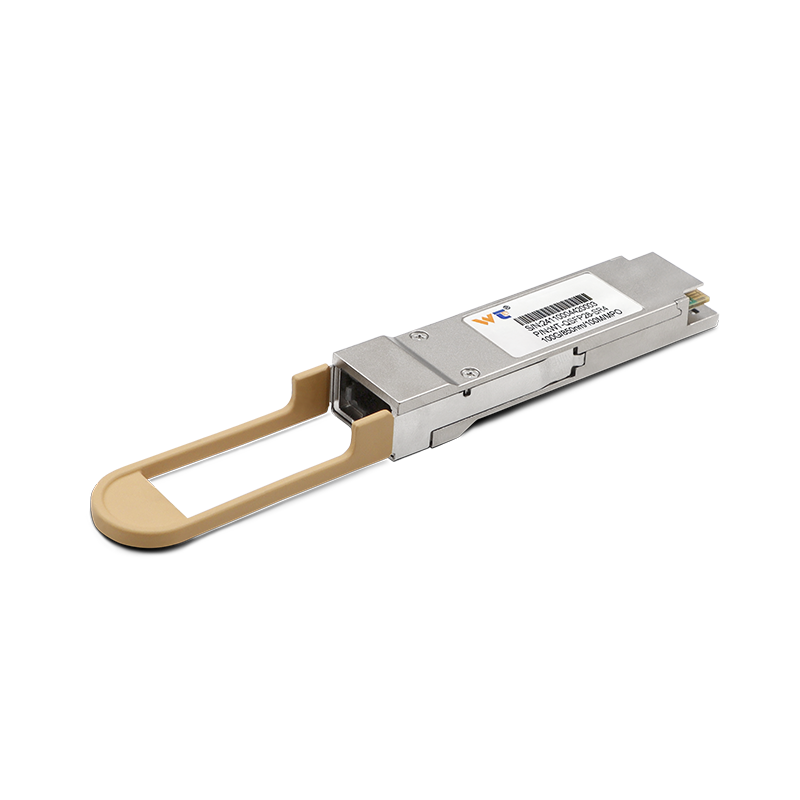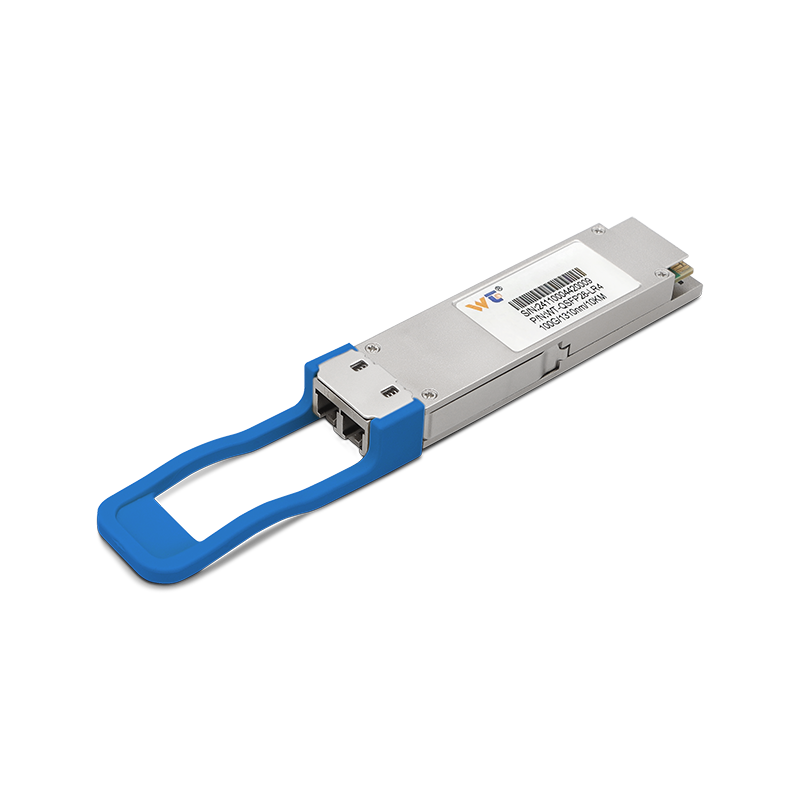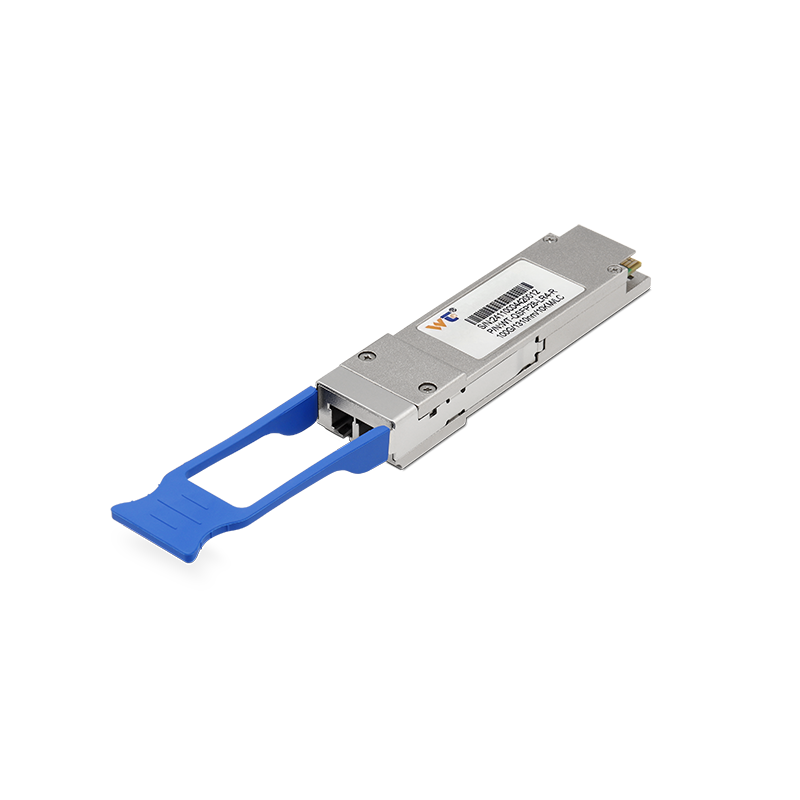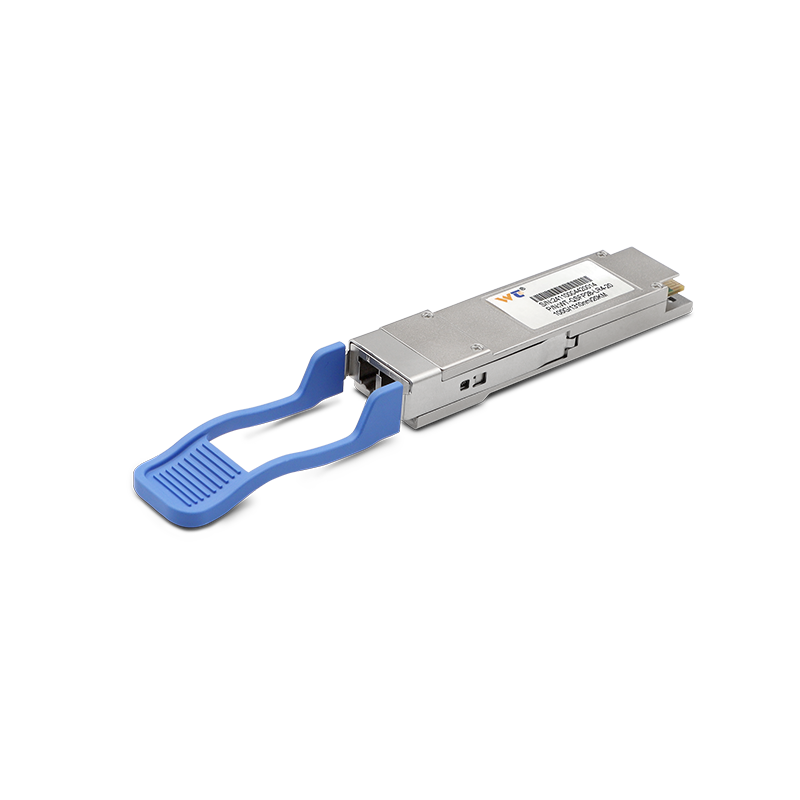In the rapidly evolving landscape of intelligent manufacturing, the integration of innovative technologies is paramount. By 2025, the demand for high-capacity data transmission and real-time communication solutions is expected to surge dramatically. This will create a pressing need for robust optical modules that not only excel in performance but also ensure seamless connectivity within smart manufacturing environments.
Optical modules, such as transceivers, have become critical components in the realm of data communication. These devices facilitate the transfer of optical signals over fiber networks, which are indispensable in today’s interconnected world. As industries pivot towards automation and data-driven operations, the optical module market is projected to witness significant growth. According to industry reports, the global optical module market is anticipated to reach $25 billion by 2025, driven by the increasing demand for faster data rates, low latency, and the implementation of 5G technology. With advancements in manufacturing processes, the reliability and efficiency of these modules are continuously improving, thereby supporting complex data needs across various applications.
| Optical Module Technology | Functionality |
|---|---|
| SFP+ (Small Form-factor Pluggable Plus) | Supports data rates up to 10 Gbps. Ideal for short distances. |
| QSFP+ (Quad Small Form-factor Pluggable Plus) | Enables 40 Gbps data transfer. Optimal for data centers. |
| CFP2 (C Form-factor Pluggable 2) | Handles data rates up to 100 Gbps. Suitable for high-capacity applications. |
| DWDM (Dense Wavelength Division Multiplexing) | Increases bandwidth over fiber using multiple wavelengths. |
Diving deeper into the various types of optical modules, we encounter several technological innovations that are transforming the manufacturing sector. The SFP+ module, capable of transmitting data at speeds of 10 Gbps, is widely utilized for short-distance applications, functioning effectively within local area networks (LAN). Conversely, the QSFP+ module steps up the game with its ability to manage 40 Gbps, making it essential for high-density data center interconnections. For higher demands, the CFP2 module emerges as a leading technology, supporting up to 100 Gbps transfer rates that facilitate rapid communication across extensive networks. Moreover, DWDM technology allows multiple channels of data to coexist on a single fiber, maximizing efficiency and bandwidth. Each advancement shapes the operational capacities of manufacturing environments, enabling smarter integration and optimization.
As we look towards 2025, practical applications of optical modules in scenario-specific networking will become more pronounced. For instance, smart factories will rely on a hybrid architecture that combines both traditional and advanced optical technologies to meet their complex networking requirements. A use case involves integrating QSFP+ modules within a factory's backbone network, allowing for high-speed connections among various automated systems. This integration not only enhances data throughput but also ensures that manufacturing processes are synchronized and responsive to real-time analyses. Another scenario showcases the use of DWDM systems to connect remote manufacturing sites, enabling seamless data sharing and collaboration across distances. Such implementations underline the significance of optical modules in fostering a cohesive, intelligent manufacturing ecosystem.
Our website offers a range of optical module products, each undergoing rigorous quality testing to guarantee exceptional performance across multiple application scenarios. Whether your need revolves around high-speed data transmission or long-distance communication, our optical modules are designed to meet and exceed your expectations. We understand that every millisecond counts in production efficiency, and our products ensure that businesses stay ahead of the curve with reliable, fast, and high-capacity solutions.
In summary, the integration of 100G optical modules coupled with smart maintenance optimization represents a future where intelligent manufacturing can thrive. As industries gear up for the advancements expected by 2025, the reliability and efficiency of optical modules will play a critical role in shaping connected environments. The foresight into these technological trends will empower manufacturers to enhance productivity, ensuring they remain competitive in the ever-evolving market landscape.






